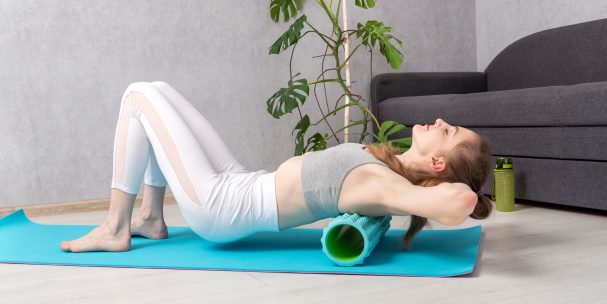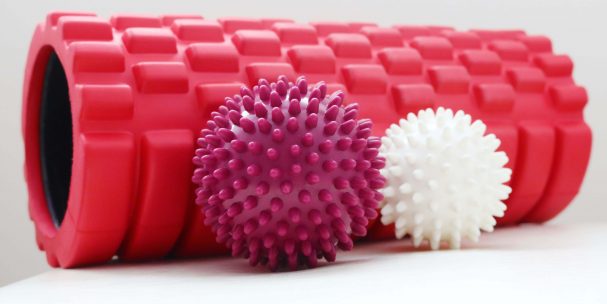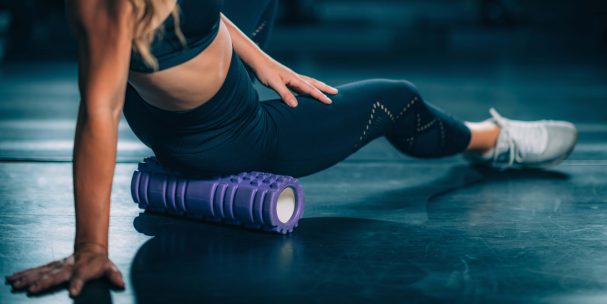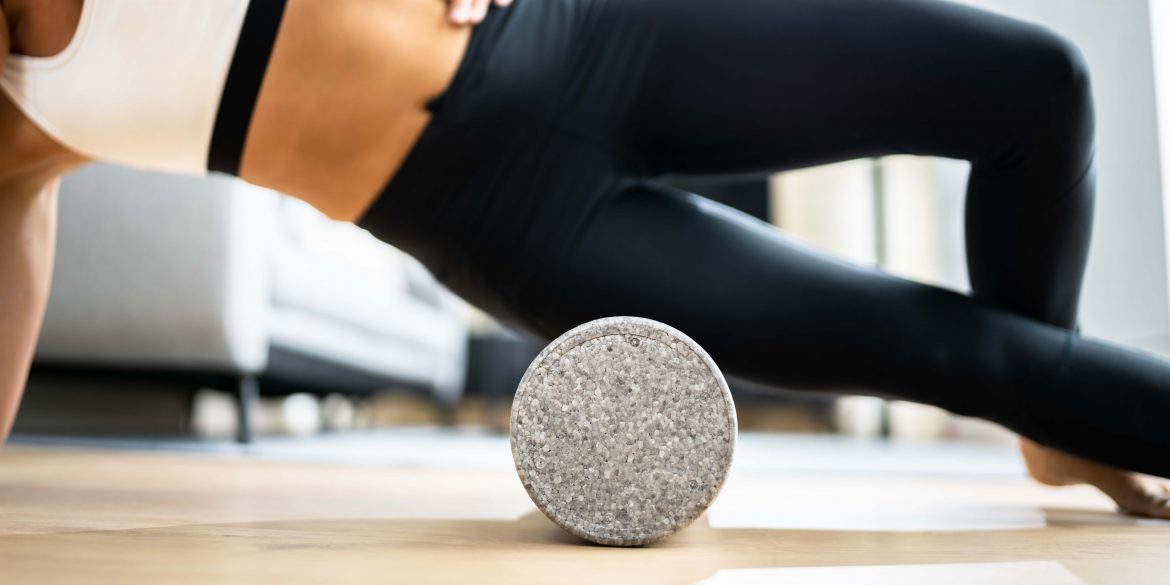Foam rollers have become synonymous with fitness and wellness. You’ll often spot a few die-hard gym goers spending plenty of time in the stretching section rolling out with a foam roller. But what exactly does a foam roller do? And do you even need one?
Let’s dive into the details to find out.

Canva stock images
ALSO SEE: How to pick the right sports bra
What is a foam roller and its purpose?
A foam roller is a cylindrical piece of foam designed to aid in self-myofascial release (SMR). This fancy term simply means self-massage to release muscle tightness or trigger points. Foam rolling helps increase blood flow to the muscles, improve range of motion, and reduce soreness after workouts.
Different types of foam rollers
There are various types of foam rollers to suit different needs.

Canva Stock Images
Soft foam rollers
These are best for beginners or those with sensitive muscles. They provide gentle pressure and are less intense.
Firm foam rollers
Offering a more intense massage, firm rollers are ideal for those who need deeper muscle release.
Textured foam rollers
With ridges and knobs, these rollers target specific areas more intensely, breaking up knots and tightness effectively.
Vibrating foam rollers
Combining vibration technology with rolling, these are great for advanced users looking for enhanced muscle recovery.

Canva Stock Images
The benefits of foam rolling
Foam rolling offers a range of benefits, making it a worthy addition to your fitness routine.
One of the biggest benefits of using a foam roller is that it helps reduce muscle soreness by increasing blood flow. It also helps reduce delayed onset muscle soreness (DOMS) after intense workouts.
With the increased blood flow, it also helps with muscle recovery and it prevents injuries by keeping the muscles relaxed. With that, foam rolling can help improve your flexibility and range of motion.
How to use a foam roller
Using a foam roller is simple and can be done in a few easy steps:
- Identify the area: Find the muscle group you want to target, such as calves, quads, or back.
- Position the roller: Place the foam roller under the target area.
- Apply pressure: Use your body weight to apply pressure as you slowly roll over the muscle, pausing on any tender spots for 20-30 seconds.
- Roll slowly: Move the roller back and forth, ensuring you cover the entire length of the muscle.
- Breathe and relax: Keep breathing and try to relax your muscles as much as possible during the rolling process.
For more tips, take a look at this in-depth TikTok:
@kweenkathy Your recovery is just as important as your training, don’t skip foam rolling or stretching! I prefer using a Trigger Point foam roller versus a regular foam roller. The Trigger Point foam roller has a harder surface that helps add more pressure to release my tight muscles. Happy foam rolling✨ #foamrolling #foamrollingtips #activerecovery #recoverymethod #recoverymethods
Do you need one?
If you’re active and regularly engage in workouts, a foam roller can be a valuable tool in your fitness arsenal. It helps maintain muscle health, improve flexibility, and speed up recovery. However, even if you’re not a gym enthusiast, foam rolling can still benefit anyone looking to relieve muscle tension and improve overall well-being.
ALSO SEE:
Featured Image: Canva Stock Images

